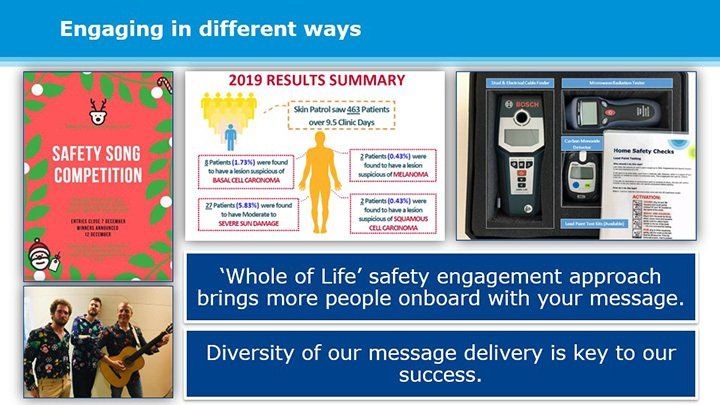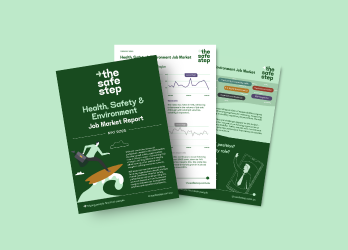Innovation Through Desperation: Advancing Safety at Melbourne Water
Page Published Date:
November 15, 2021
Driven by a desire to improve WHS outcomes and create ‘one class of safety for all’ Melbourne Water has fostered a strong culture of safety, innovation and improvement. Supported by a diverse and imaginative safety team, the organisation has refined SHEQ processes, cut through red-tape, and challenged long-held industry standards.
At a recent senior HSE leader's forum run by The Safe Step, we learnt more about Melbourne Water's journey and discoverd that a willingness to 'do things differently' has led to cross-sector collaborations, virtual reality innovations and a general uplift in engagement and compliance. Watch the highlights video below or read on to learn more.
Desperate times require innovative measures
Before embarking on cutting-edge innovations Melbourne Water’s SHEQ team spent 18 long months rebuilding safety systems and processes from the ground up. Once the solid foundations of safety were in place, they turned their sights on the broader culture of the business.
“We knew that Melbourne Water deserved more than just compliant systems,” explained David Tregoweth, Melbourne Water’s General Manager of Safety. “We were desperate to innovate and to do something that the business was deserving of.”
Desperate to do better’ became a catch-cry for the SHEQ team. A strategy mapped out some of the steps, but also left plenty of room for things to evolve organically. “We could imagine a solution. It was the inkling of an idea, not fully formed, but we could imagine. Critically we were prepared to take a chance,” said Mr Tregoweth
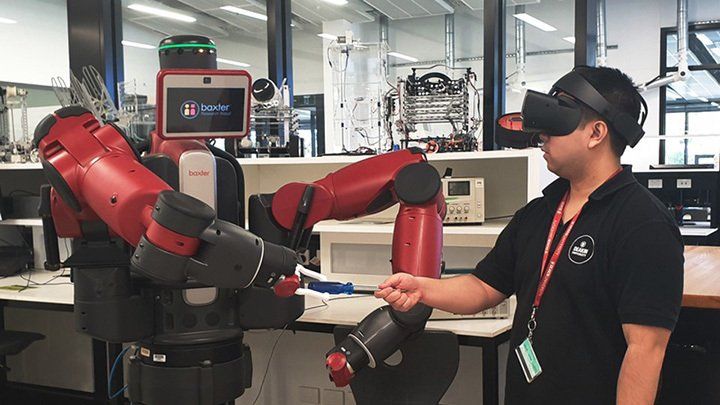
Imagine the solution & take a chance
Having the freedom to experiment was critical to Melbourne Water’s successful innovation. The organisation’s leadership team was open to new ideas and prepared to take chances. People were given opportunities to learn, fail and try again
An imaginative and well-supported team were freed-up to challenge the status quo. Innovations followed and the success of these created a snowball effect. “There will always be lines of doubters... people telling you it won’t work. Prove the concept and that will open-up the doors for the next thing that you can try,” believes Gavin Kenny, Manager of SHEQ Service Delivery.
Mr Tregoweth believes that the removal of restraints aided blue-sky thinking. “Give them a different operating environment. Give them access to resources that, perhaps, would not otherwise be available; and then to experiment and break the inertia,” he said.

Get the right people involved
Innovation requires people who are creative and proactive – those willing to put their hands up and have a go, even when the task seems impossible. “One key attribute that I look for is imagination. Imagination to do things differently, to do things greater,” says Mr Tregoweth. “What you want is people who have a bit of imagination and are willing to have a go.”
An understanding of safety is important, but so too is diversity of thought. For example, Melbourne Water’s SHEQ team included an electrician, a nurse and a wedding planner. Varied training and backgrounds contributed to new ways of working.
Collaboration with organisations such as Deakin University was another essential part of success. “Melbourne Water were innovating, doing things that nobody else had done before, and needed help to figure out how they could make that work from a technology perspective. Sitting on the university side, that's exactly what we're looking for,” explains Deakin University’s Director Cadet VR Lab, Ben Horan.
Melbourne Water safety innovations
Virtual Reality (VR) becomes the standard for design reviews
Bringing CAD drawings to life inside a virtual reality headset helped transform the traditional design review process eliminating errors and removing frustrations from it’s very first usage. “We had 22 users give it a go. We picked up six design issues in the traditional approach. And then in the VR one with the same people, we picked up another 14,” explains Safety Innovation Expert, Scott McMillan. Now VR is a standard part of any complex design process at Melbourne Water.
Training offered via VR simulators
Virtual Reality simulators use emerging technologies to make the training as engaging and memorable as possible. Innovations range from simulating the pressure needed to respond to a snakebite injury, to complex team exercises to safely isolate an ozone generator. Simulators are especially useful in time-critical or high-risk situations or scenarios that are expensive to recreate. Melbourne Water’s confined spaces training simulator allows employees to experience the feeling of wearing a harness, hanging from a winch and operating in a confined space. Competency checks are built-in and the immersive experience embeds learnings.
Simplifying access to safety training & resources
Sometimes the simple solutions are the best. Providing easy mobile access to assurance checks and training modules helped Melbourne Water to more than double compliance in certain areas. The secret is getting the process right to begin with “taking a bad process and making it digital, or creating a VR process, just makes it worse,” says Gavin Kenny, Melbourne Water’s SHEQ - Service Delivery Manager.
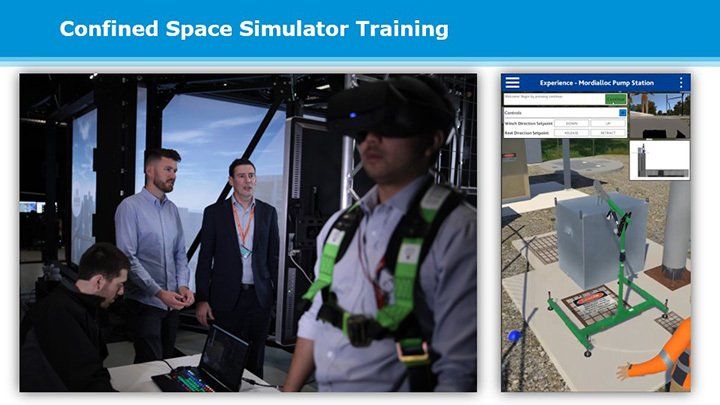
Decode & declutter safety
Not all innovations need to be cutting edge. Some are about making safety procedures simple to comprehend, easy to use and accessible from anywhere.
- Mobile apps replace lengthy paper-based manuals.
- Risk profiles for chemicals are explained through colour-coding, rather than complex written documentation.
- Permit applications are eliminated for all but the most significant jobs, freeing-up significant time for more important work.
- Animated videos made safety issues easier to understand and minimised the barrier of literacy
The priority was making the system easy to use, instead of being easy to audit. “It's about efficiency and making things simpler,” says Mr Kenny. “Cutting out the bureaucracy frees people's minds to then think about what really is important... how to actually get this work done safely and efficiently -to protect people, assets and the environment.”
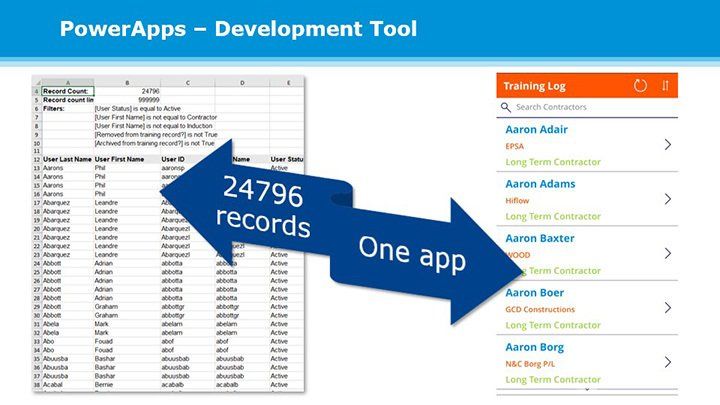
Make safety relevant & engaging
Safety is often seen as being boring, but Melbourne Water shifted that perspective. Emerging technologies, enthusiastic staff and a willingness to do things differently helped transform people’s attitudes. “We have tried to be a bit irreverent with the safety topic, while making it relevant. The way to do that, in my view, is to make it fun and use engagement as the bait on the hook,” explains Mr Tegoweth
Activities to build employee engagement include:
- Home safety packs – Resources loaned to employees to help keep their own homes safe e.g. lead paint tests and carbon monoxide detectors “Safety doesn't just start and stop at work,” explains Mr Kenny.
- On-site skin checks – saving lives through cancer prevention.
- Safety 'whinge fests' - enabling people to get problems off their chests.
- Safety song competitions – people have been surprisingly enthusiastic and creative in their contributions.
The energy and enthusiasm of the safety team created a snowball effect. “[It] infected people right across the whole business,” remarks Mr Tregoweth, “Safety was seen within our organisation as being fun and innovative. Ultimately that led to a more positive culture within our organisation.”
